On an overcast mid-May morning, Gabriel Willow of the NYC Bird Alliance lead roughly 20 would-be birdwatchers into Prospect Park hoping to find the migratory songbirds who make this part of New York their temporary spring home. Though the day’s dreary weather didn’t seem like ideal conditions for spotting birds in the foliage, Willow was upbeat. “Rainy days are the best for birding,” he told the group. He was right. Within minutes of entering the park through Willink Plaza, he and his charges had already encountered several orioles, a handful of cardinals, a few Blackburnian warblers, two or three grackles, and a brown-headed cowbird. By the time the tour reached its end two hours later in the Vale of Cashmere, Willow had counted 43 different species of bird, from warblers to wrens to thrushes to robins.

More than 400 species of bird can be found in New York City, thanks in large part to its place along the Atlantic Flyway, the migration highway that runs from Greenland and Canada to South America and the Caribbean along the east coast of the United States. Birds of all types use New York as a rest stop as they make their way to and from their winter and summer homes. The diversity of New York’s ecology helps promote the diversity of the birds we see, and as a result, the city makes for a fantastic birdwatching locale that offers far more than the house sparrows, European starlings, and pigeons that can be found everywhere you look. (Amusingly enough, all three of those birds are non-native.)
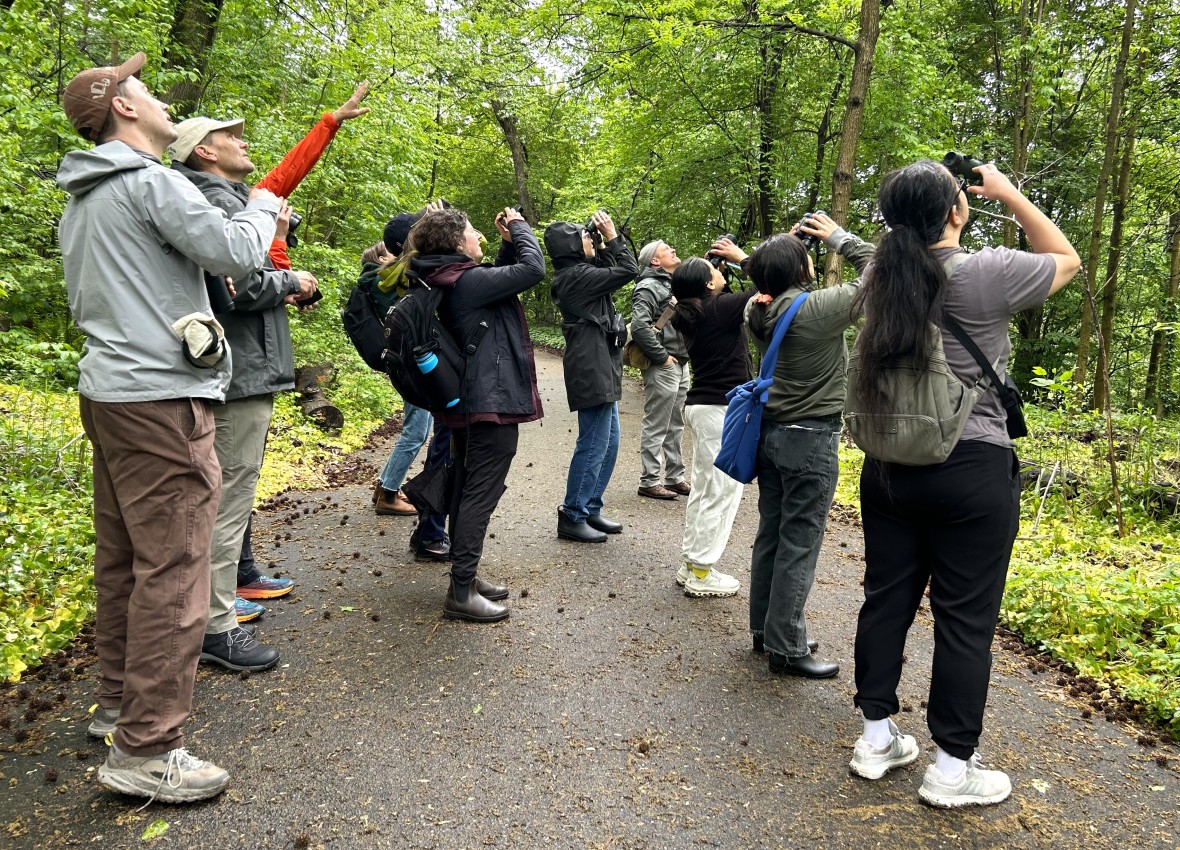
Best of all, birdwatching in New York doesn’t require long trips or complicated excursions. All you need are binoculars, a passing familiarity with bird calls (or an app that can identify them for you, like the Merlin Bird ID from the Cornell Lab of Ornithology), and the train. Here’s our guide to the best birdwatching spots that you can reach via subway.
THE BRONX
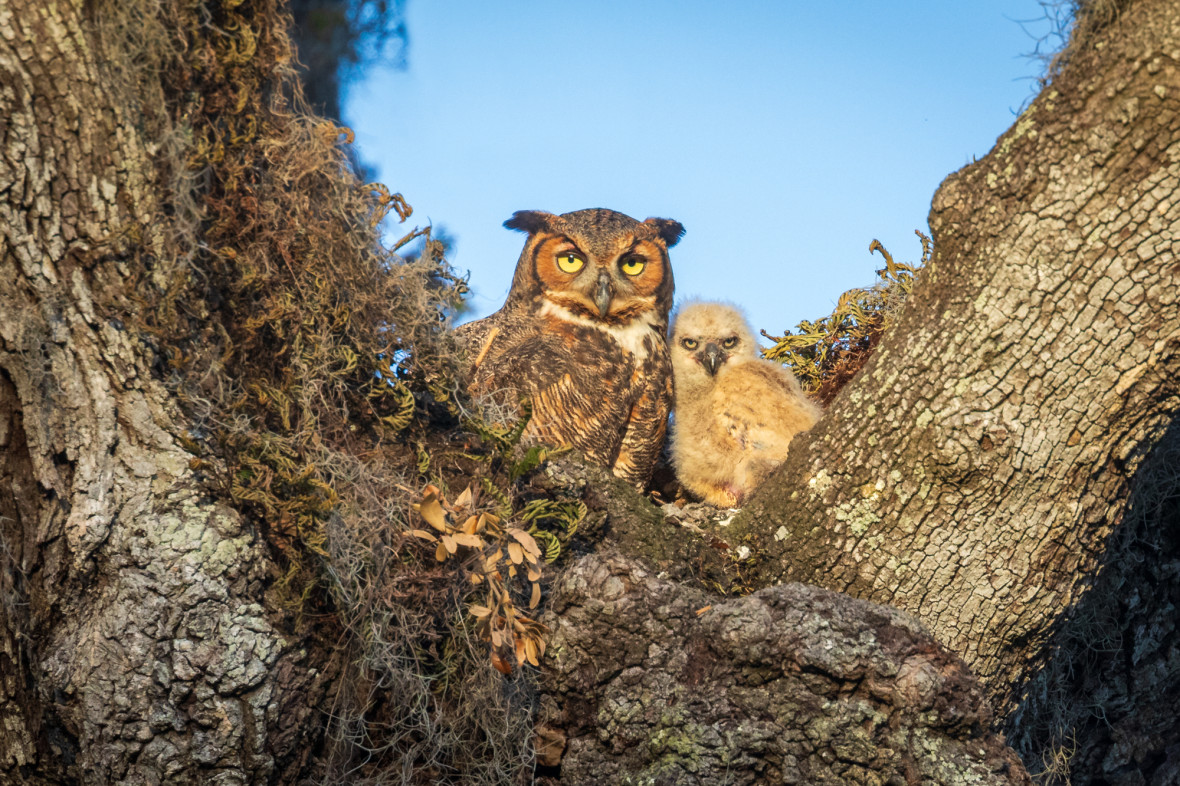
The New York Botanical Garden
The NYBG isn't just for botanists. All the diversity of habitats and plant life on the grounds brings lots of songbirds like warblers, tanagers and grosbeaks to the area as they migrate through the city, as well as migrating raptors such as Cooper’s hawks and merlins. Summer is great for finding hummingbirds, and owls are among the notable winter residents; per Willow, there is a nesting pair of great horned owls on the property. The best place to catch all the bird action is in the Thain Family Forest, the NYBG’s section of old-growth forest by the Bronx River, and by Twin Lakes, where waterfowl are plentiful.
Metro-North
Harlem
Visitors to the NYBG can take the Metro-North Harlem line to the Botanical Garden station or the B, D, 2 or 4 trains to nearby subway stations
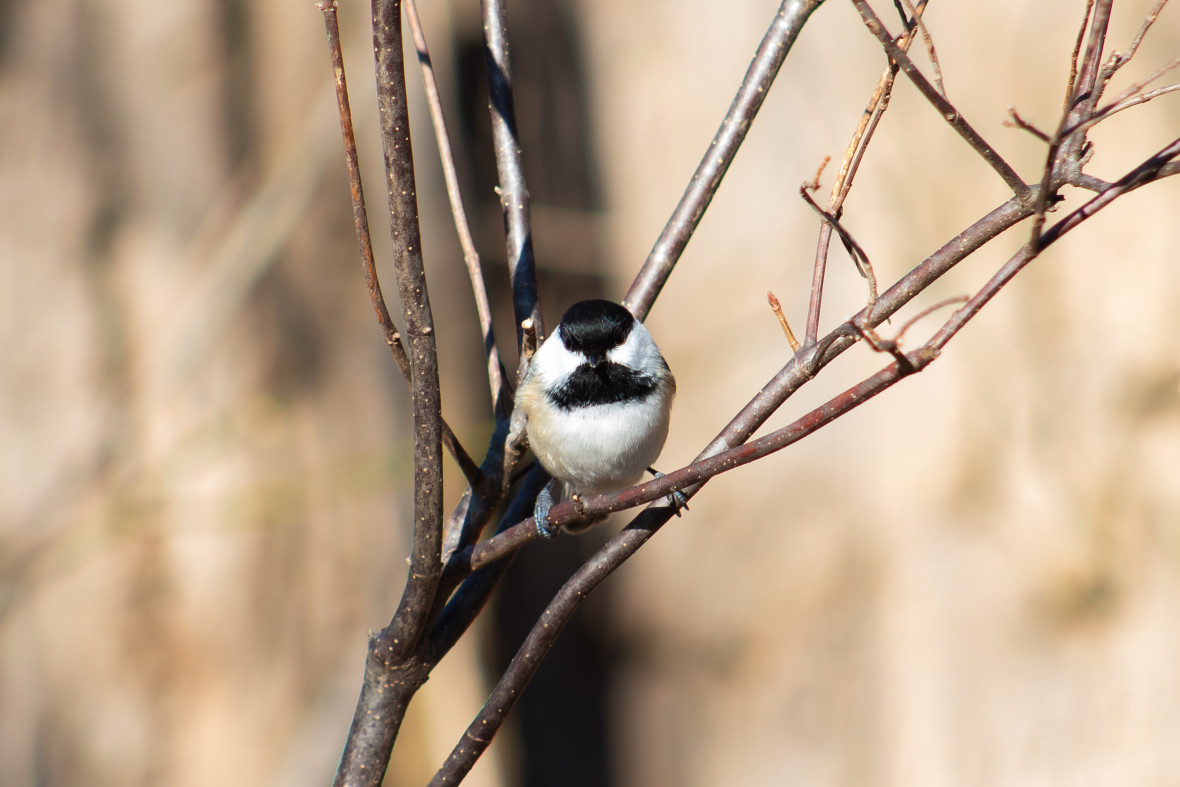
Pelham Bay Park
The largest park in New York City — nearly 2,800 acres — unsurprisingly boasts a lot of birds in its trees, with over 200 species spotted within its boundaries. Great horned owls can be heard hooting during winter, and in the summer, wild turkeys roam the grounds. Warblers are numerous during migration seasons, while waterfowl like loons and grebes can be found in great numbers all year. The southern section of the park is the most easily accessible by public transit, though you can reach the northern half by taking the Bx12 bus across Pelham Bay to Orchard Beach. Once you get there, head north to Hunter Island, which is full of old-growth forest and where the park’s owls roost in the winter.
Subway
Take the 6 train to the end of the line at the Pelham Bay Park station and use the Bx12 or Bx29 bus to go deeper into the park
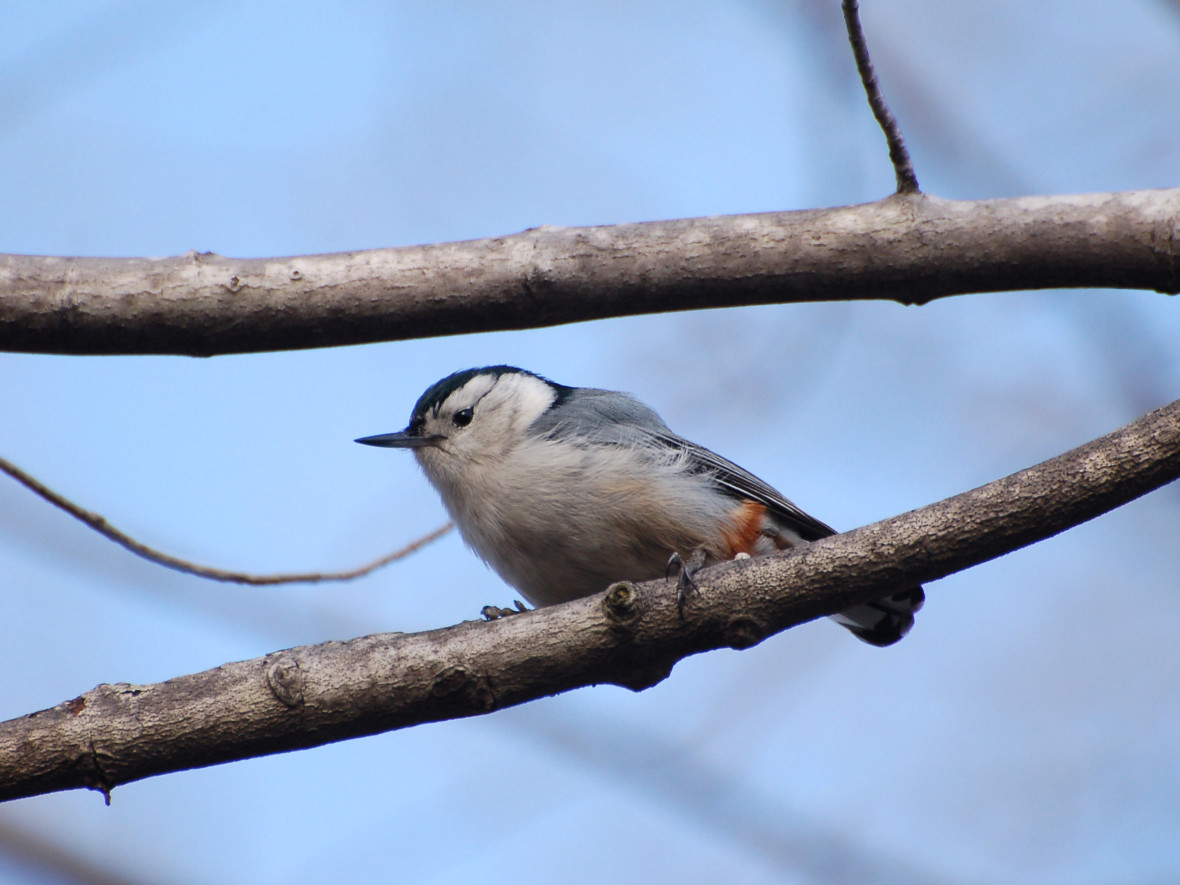
Van Cortlandt Park
Van Cortlandt Park “is a wonderful park” for birdwatching, Willow said, noting its abundance of waterway-adjacent trails, shallow ponds with lots of wetland vegetation, and slow-moving streams that act as insect buffets for hungry birds. Nesting wood ducks are common there, as are solitary sandpipers. He added that Van Cortlandt Park is a “really reliable location” for rusty blackbirds, a species in serious and significant decline. He recommended heading here during spring and fall migration season.
Subway
Take the 1 train until the end of the line to the Van Cortlandt Park-242 St station or the 4 train to its last stop at Woodlawn
BROOKLYN
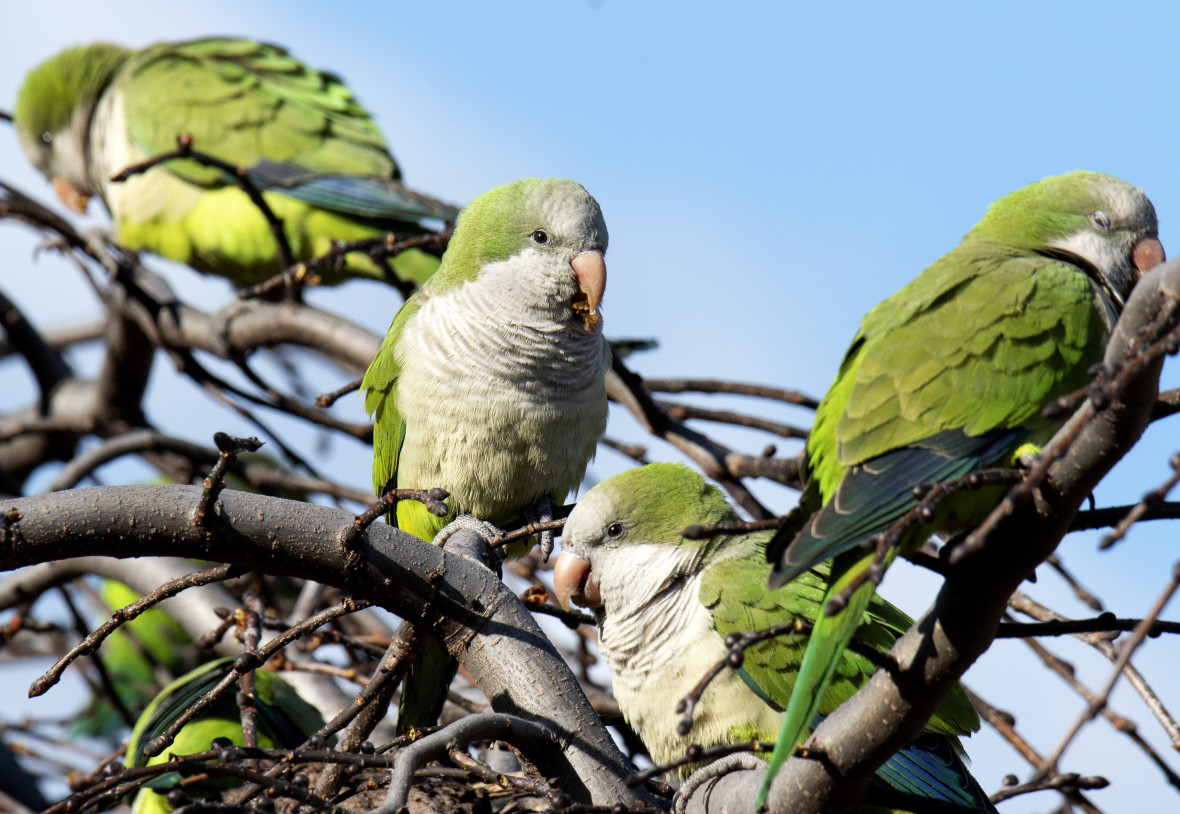
Green-Wood Cemetery
Green-Wood Cemetery is famous among local birders for its colony of South American monk parakeets, who are native to Argentina and Uruguay but have inhabited the grounds for decades. Rumored to have escaped from a shipping container at John F. Kennedy Airport in the late 1960s, these bright and noisy parrots can be found nesting in the cemetery’s gothic arched entryway. They share the nearly 500 acres of trees and ponds here with warblers, thrushes, orioles, sparrows, swallows, swifts, and several other songbirds and flycatchers. Red-tailed hawks are routinely spotted on the grounds as well. The ponds, meanwhile, attract ducks, geese, herons and egrets, and sandpipers can be found on their shores, too.
Subway
Two subway stations are close to Green-Wood Cemetery: the 25 St R and the 36 St D/N/R
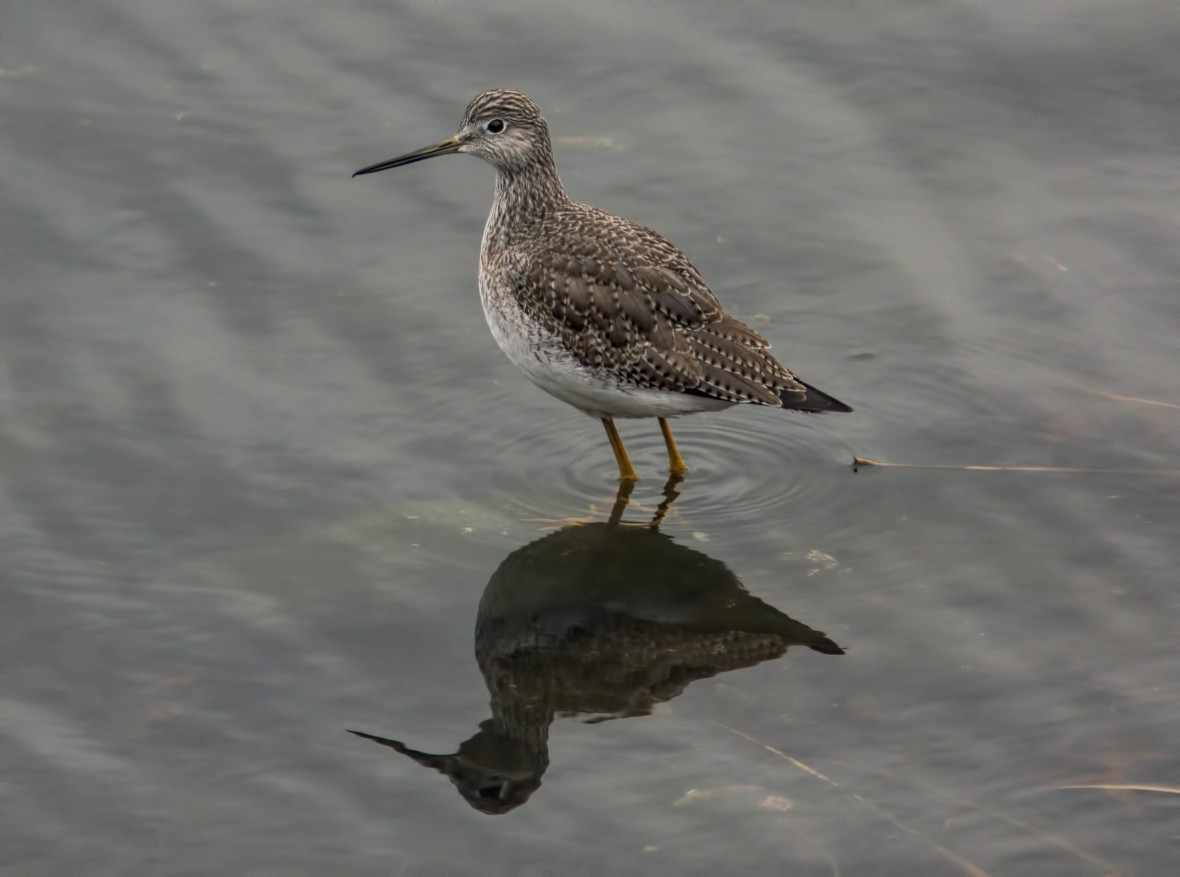
Marine Park
The marshlands at Marine Park, the largest park in Brooklyn, bring out a whole host of unique birds that are almost impossible to find elsewhere in the city, like marsh wrens, clapper rails, and seaside sparrows. This is a great place to go if you want to see some raptors in action: ospreys are known to nest here, and red-tailed hawks, American kestrels and peregrine falcons are year-round residents. You’ll also get your fill of wading birds like herons and egrets and seabirds like gulls and terns, plus sandpipers during migration season.
Subway
Take the B or Q to the Kings Highway station, then board a B100 or B2 bus to reach Marine Park

Prospect Park
For all of Central Park’s popularity, Willow finds Prospect Park to be a superior birding destination. “Central Park has more ornamental plants and is maintained for aesthetic beauty,” he said. “Prospect Park Alliance tends to focus on native plant species, so the habitat tends to be better overall.” And that makes the entirety of the park good for birdwatching. The Vale of Cashmere and the Rose Garden are the best-known spots to see birds, but Willow also recommended the Midwood, an old-growth forest with lots of oak and gumwood trees; in the spring, you can find plenty of songbirds flitting between the branches. The park’s many waterways, meanwhile, make it a great place to find ducks, geese and grebes, as well as swans and the occasional green heron in the Lullwater or Upper Pool.
Subway
The closest stations to Prospect Park are Grand Army Plaza (2/3), Eastern Parkway (2/3), Prospect Park (B/Q/S), Parkside Ave (Q) and 15 St-Prospect Park (F/G)
MANHATTAN

Central Park
The most popular park in the city is also the most popular when it comes to birdwatching, and with good reason. Per Willow, around 300 species of bird can be found within Central Park, with spring and fall as particularly busy times owing to migratory patterns. If you do want to birdwatch in Central Park, the Ramble is the busiest spot, but if you’re looking for a little more solitude, Willow recommended the North Woods between 101st and 110th Streets. In particular, the Loch and the Ravine are two great spots to set up shop.
As for what you’ll see: the variety is endless during migration season, but among the park’s more regular residents, you can find red-tailed hawks, cardinals, various kinds of owl (“You can’t expect to go and see one, but it's a treat if you do,” Willow said), and all types of waterfowl. Mallard ducks and Canada geese are the most common, as they nest in the park, though winter is when you’ll find non-native birds like the hooded merganser, the bufflehead, the wood duck, the ruddy duck, the lesser scaup, and the green-winged teal.
Subway
Multiple stations on several lines serve Central Park, with easy access points along 59th Street and also on Central Park West

Inwood Hill Park
The abundance of old-growth forest in Inwood Hill Park makes it a terrific birding spot for migrating songbirds in the spring and fall. Muscota Marsh is home to several shorebirds like sandpipers, and egrets can be found here in the summer. Per Willow, “There are nesting eastern screech owls in the woods, and some woodland birds like rose-breasted grosbeaks or scarlet tanagers that prefer mature deciduous trees for nesting." The main draw of Inwood Hill Park, though, is its bald eagles, which can be found soaring above the Hudson River; the best viewing spots for them are the Overlook Meadow and the fishing pier at the end of Dyckman Street.
Subway
The closest stations to Inwood Hill Park are Inwood-207 St on the A and 207 St on the 1
QUEENS
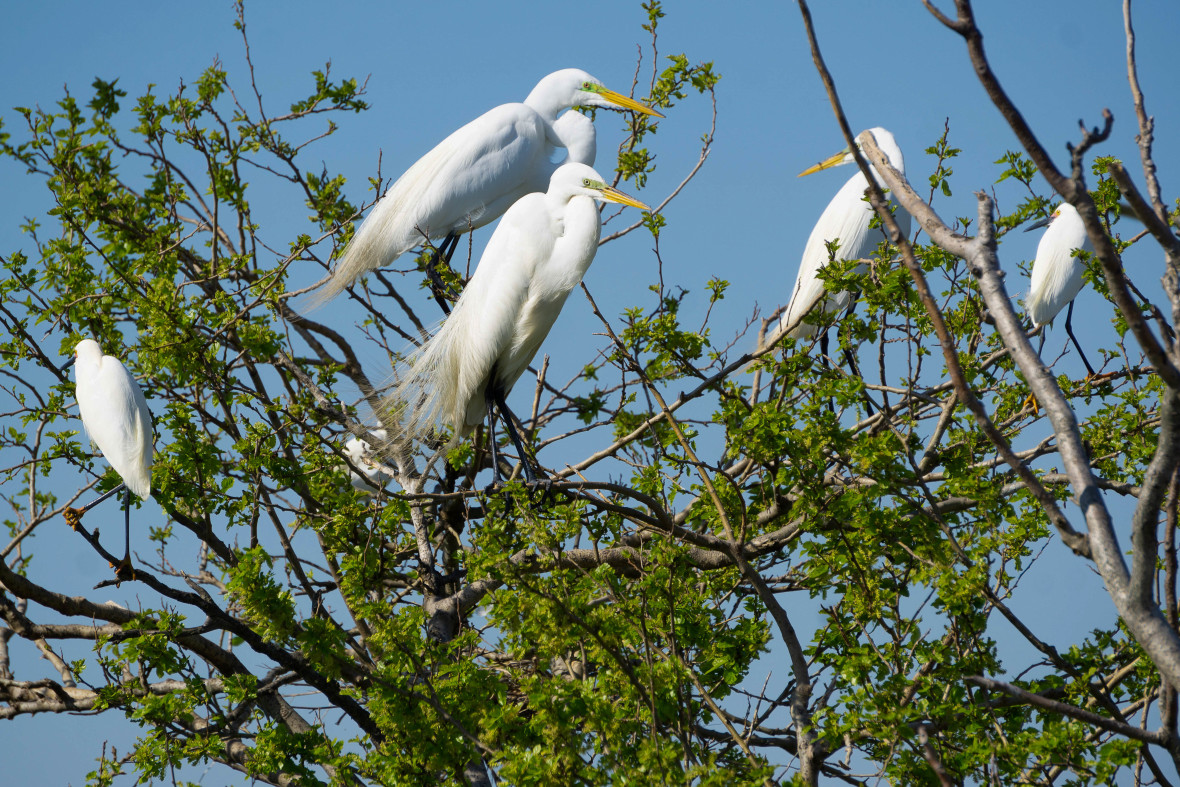
Jamaica Bay Wildlife Refuge
Covering almost 10,000 acres, Jamaica Bay contains more birds than anywhere else in New York; over 320 species have been counted there, tying it with Jones Beach for tops in the area, per eBird. Trails will take you through coastal woodlands and around West Pond, which is its own separate birding hotspot. And Jamaica Bay’s high diversity of habitats, from salt marshes and freshwater ponds to its wooded areas, creates an equally high diversity of birds, making it a great place to go year-round. Everything from raptors to shorebirds to waterfowl to songbirds can be found there. Ospreys are common, particularly in the summer, as are peregrine falcons and owls. Summer also brings migrating shorebirds like sandpipers and plovers, while winter sees a bevy of waterfowl take up residence. Willow is fond of the willow flycatchers that nest around West Pond and noted that Jamaica Bay can be a good place to spot harder-to-find species like the yellow-billed cuckoo. “It's a real rarity trap,” he said.
Subway
Ride the A train to Broad Channel, then either walk or take the Q52-SBS or Q53-SBS bus into the park

Flushing Meadows Corona Park
Given all the human activity in and around Flushing Meadows Corona Park, it can be hard to imagine it being a reliable birding spot. But those who make the trip can find a good mix of songbirds, waterfowl, shorebirds, raptors and wading birds. Bald eagles have been seen at Willow Lake, making the park one of the few places in the city where they range; it's also a good place to find the common merganser. Overall, this park is a good one for waterfowl: Diving ducks like the bufflehead, ruddy duck, and both the greater and lesser scaup call the World’s Fair Marina home, and geese and cormorants are commonplace at Meadow Lake.
Subway
Take the E, F, M or R to Forest Hills-71 Av or the E/F to 75 Av to reach Flushing Meadows Corona Park from the south or the 7 to 111 St or Mets-Willets Point to enter from the north

Forest Park
Though Forest Park can be tricky to reach, Willow noted that it’s “relatively underbirded” despite there being plenty of diversity within it; per eBird’s numbers, 210 species have been spotted there. Songbirds are well represented here, owing to the park’s abundance of fresh water, which makes it a popular pit stop during migration season, particularly the Water Hole, where various warblers are regular visitors. Year-round residents include red-tailed hawks, black-capped chickadees, woodpeckers, and Carolina wrens. If you go, the east end of the park may be a more fruitful spot, as it's less developed than the western half.
Subway
The closest stations to Forest Park are the 85 St-Forest Pkwy J and the Woodhaven Blvd J/Z
For more information on birding in New York City, check out the NYC Bird Alliance website, where you’ll find in-depth guides to birdwatching in every borough, a beginner’s guide to birding, a helpful explainer on birding ethics and etiquette, and much more. You can also sign up for classes and outings that take place all over the city, as well volunteer with the organization.



